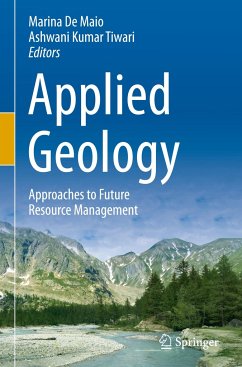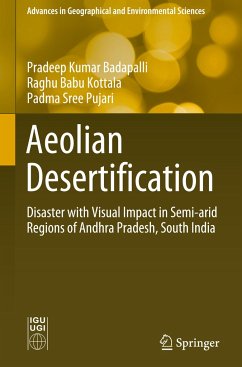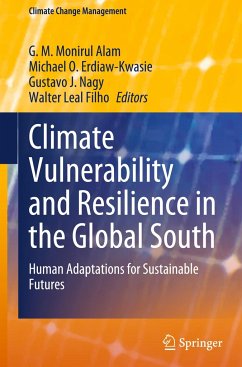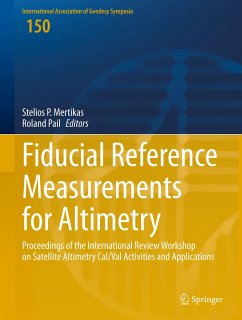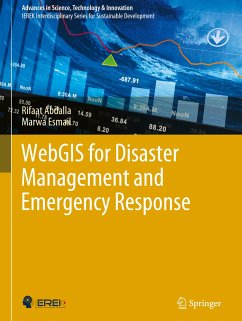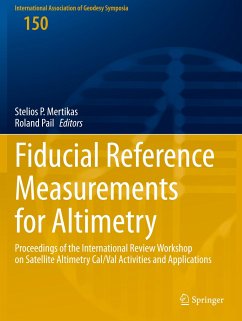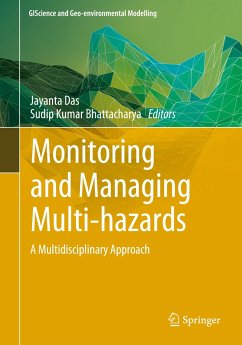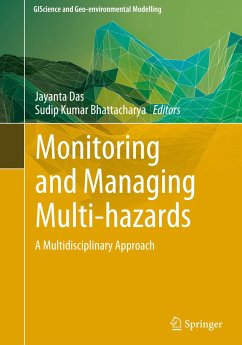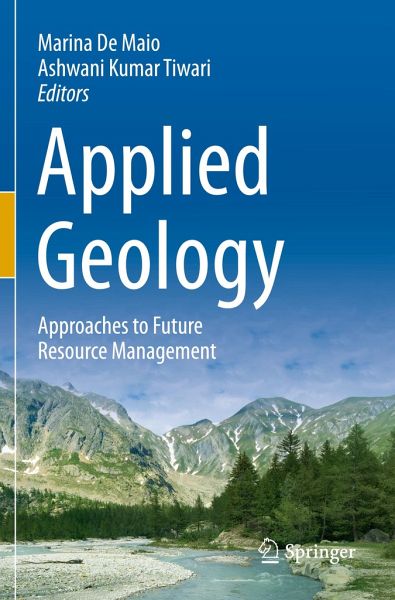
Applied Geology
Approaches to Future Resource Management
Herausgegeben: De Maio, Marina; Tiwari, Ashwani Kumar
Versandkostenfrei!
Versandfertig in 1-2 Wochen
115,99 €
inkl. MwSt.

PAYBACK Punkte
58 °P sammeln!
This book includes a careful selection of significant contributions from international experts that were presented at the 6th AIGA Conference "Applied Geology: Approaches to Future Resource Management" that was held in the Courmayeur, Aosta Valley, Italy, from 27 - 29 June 2018. The following 7 areas are the main themes covered in this volume:· Applied Geology· Hydrogeology· Geological Exploration (underground)· Slope Instability,· Natural Hazards, Risk Assessment and Management,· Geo-resources and Sustainable Development· Application of Remote Sensing and Geographical Information Syste...
This book includes a careful selection of significant contributions from international experts that were presented at the 6th AIGA Conference "Applied Geology: Approaches to Future Resource Management" that was held in the Courmayeur, Aosta Valley, Italy, from 27 - 29 June 2018. The following 7 areas are the main themes covered in this volume:
· Applied Geology
· Hydrogeology
· Geological Exploration (underground)
· Slope Instability,
· Natural Hazards, Risk Assessment and Management,
· Geo-resources and Sustainable Development
· Application of Remote Sensing and Geographical Information Systems (GIS)
The authors, from academia, research and industry present the latest state of the practice, new technologies, innovative methods and sustainable management in the field of Applied and Environmental Geology.
This carefully edited work will be of value to academia, professionals, scientists and decision makers.
· Applied Geology
· Hydrogeology
· Geological Exploration (underground)
· Slope Instability,
· Natural Hazards, Risk Assessment and Management,
· Geo-resources and Sustainable Development
· Application of Remote Sensing and Geographical Information Systems (GIS)
The authors, from academia, research and industry present the latest state of the practice, new technologies, innovative methods and sustainable management in the field of Applied and Environmental Geology.
This carefully edited work will be of value to academia, professionals, scientists and decision makers.



